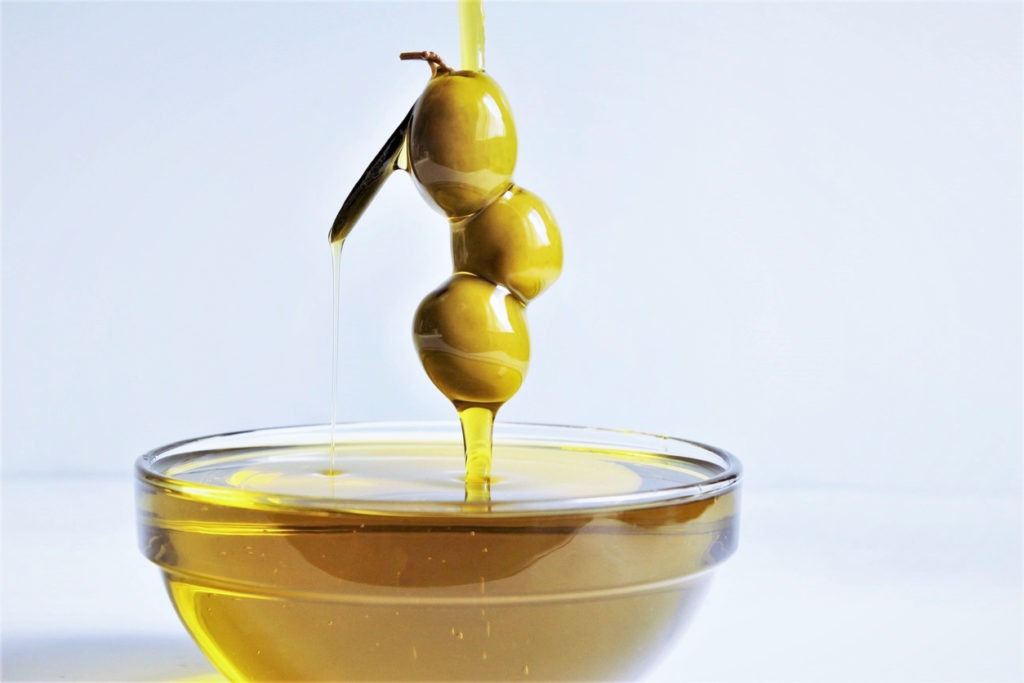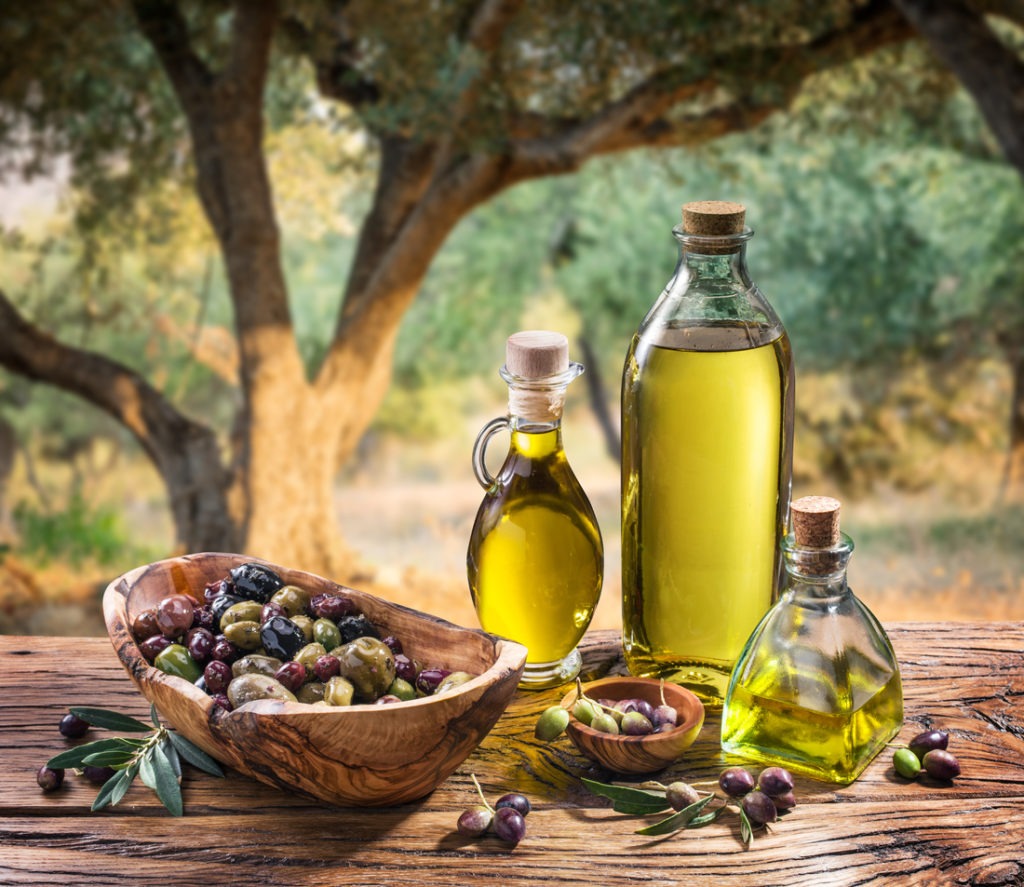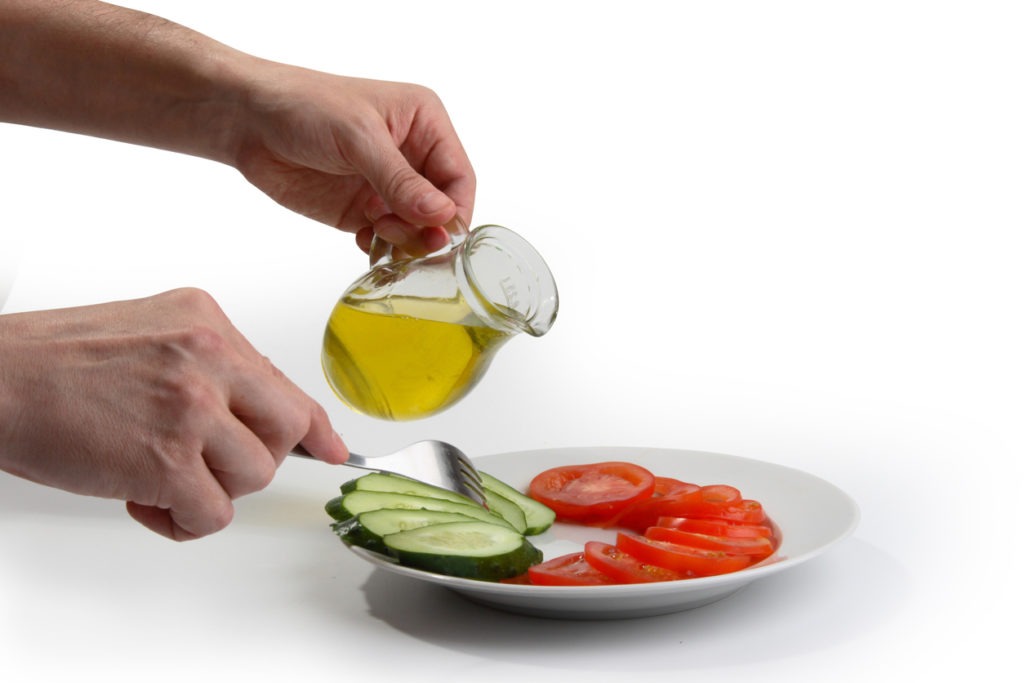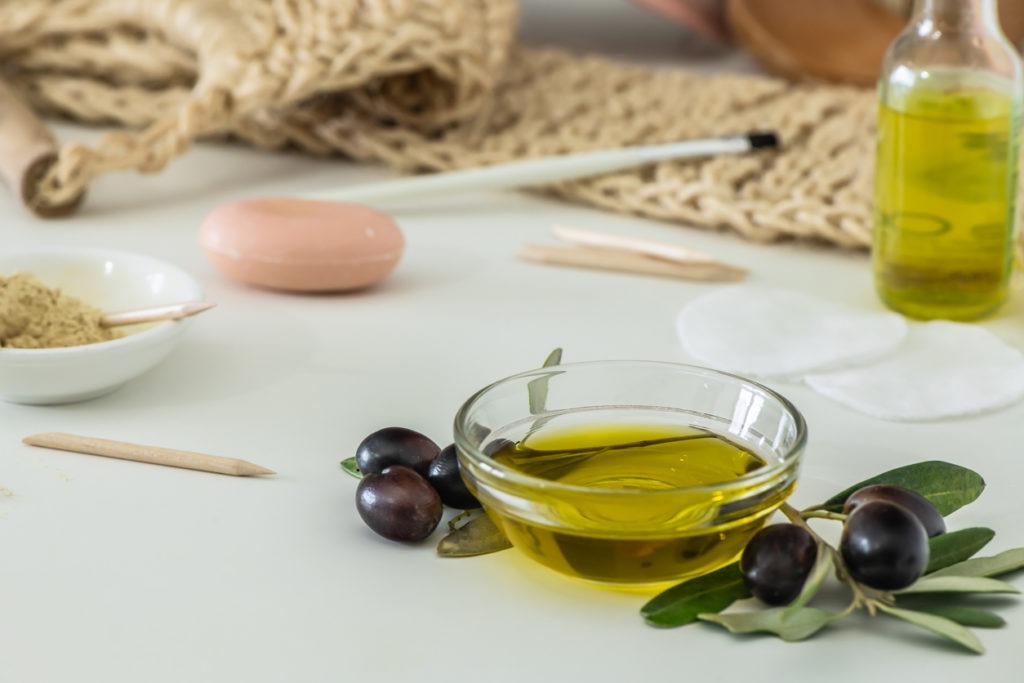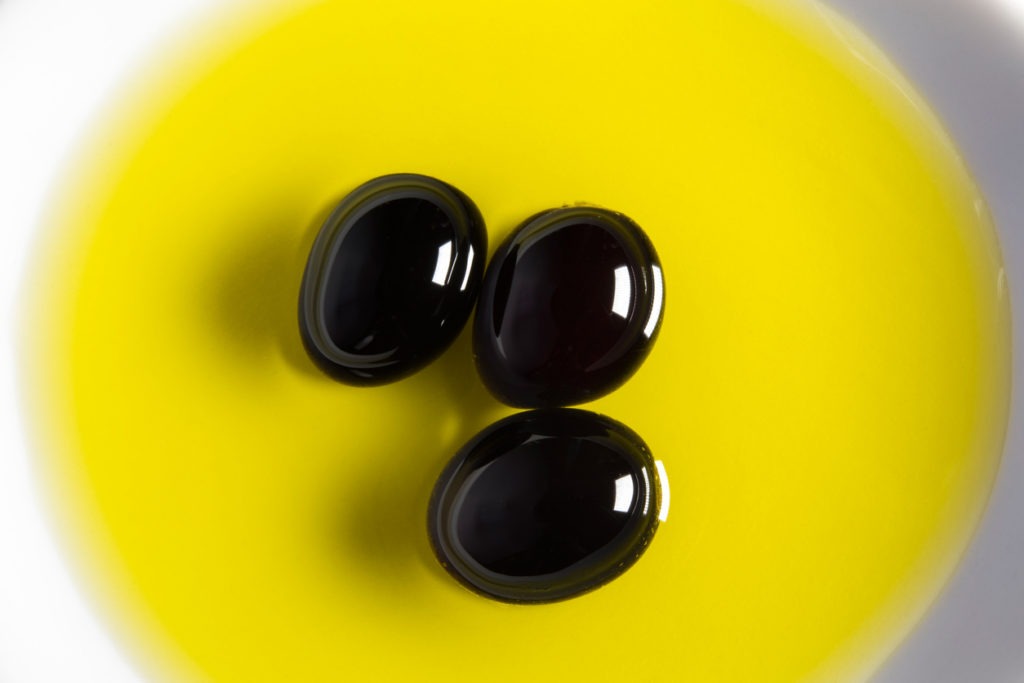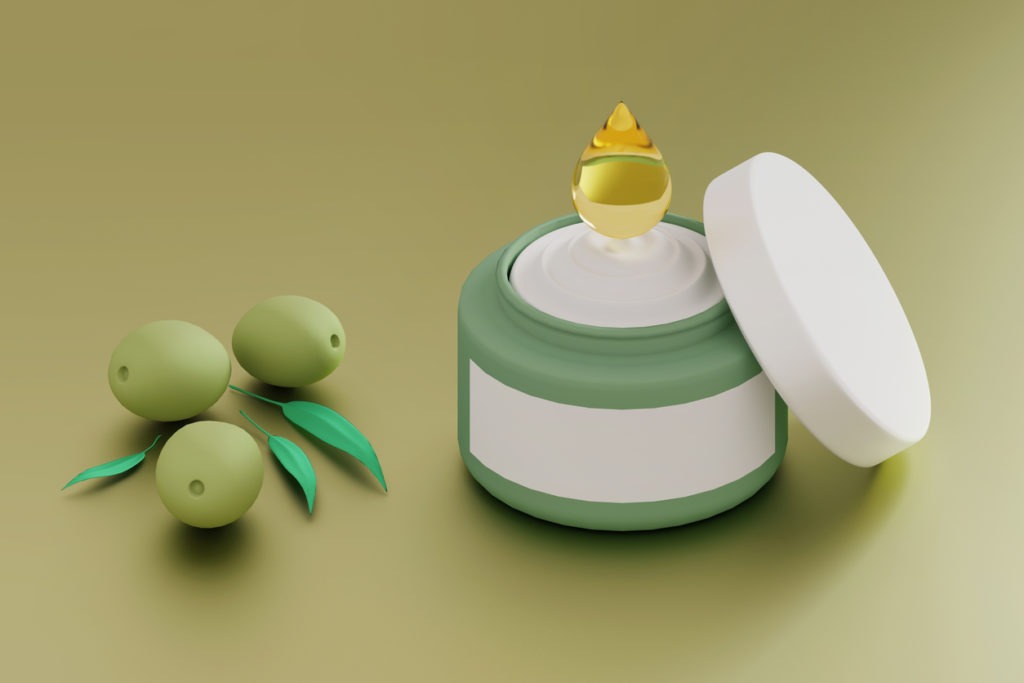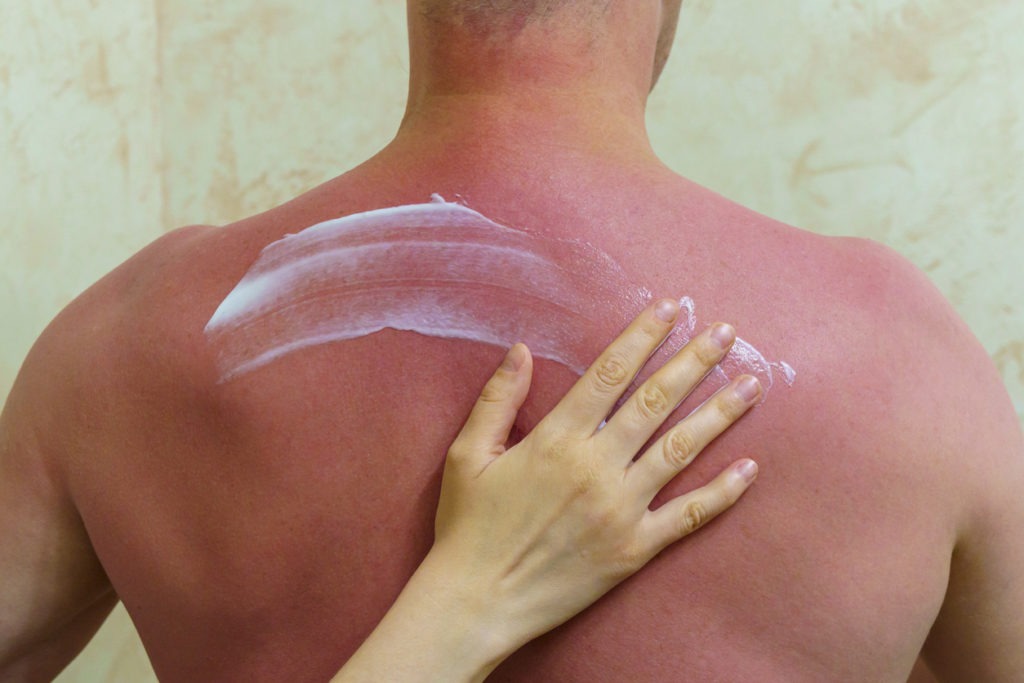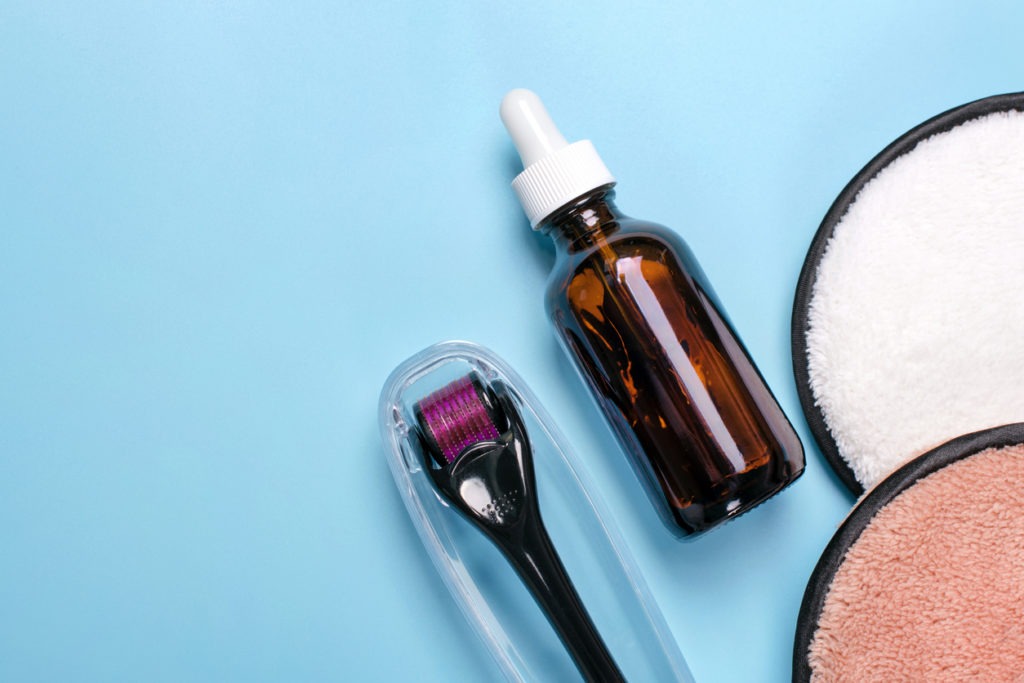What Is an Olive Oil?
Olive oil is a nutritious oil. It is made by pressing entire, fresh olives. The extraction procedure doesn’t include the use of heat or chemicals. The oil that is extracted is unrefined and completely pure.
It is a well-known cooking oil that is produced in olive-growing areas, most frequently in France, Italy, Spain, and Greece. It originates primarily from the Mediterranean region. The best type of fat for human nourishment is olive oil since it preserves the natural nutrients found in olives. It is referred to as the “Queen of Vegetable Oils.” Olive oil is frequently used for cooking, moisturizing the face and hair, and many other things.
How Do Olive Oils Differ from One Another?
Olive oil is particularly well-liked and has been used for both internal and external purposes for millennia. It contains a lot of natural fatty acids, vitamins, and minerals. Olive oil’s flavor enhances dishes by adding a pleasant dash of nuttiness, hints of herbs and grass, and even a tiny degree of bitterness. The color can range from a pale yellow to a less vivid green, depending on genetic variables.
Although all-natural olive oils are cholesterol-free, their uses can vary depending on the variety. Salads, cheese, dips, and eating straight from the bottle are all acceptable purposes for extra virgin olive oil. Being the first cold press, it is the most expensive. Virgin olive oil is the second press and is used for baking and cooking. While third press pure/classic olive oil is ideal for cooking, which has a distinct fruity flavor and it is a blend extra virgin or virgin type olive oil. Since Extra Light Olive Oil has a mild flavor, it is perfect for baking and other applications where a stronger oil would be overpowering. Olive pomace oil, on the other hand, is produced from the olive paste that is still in the centrifuge after the olives have been pressed and the oil-water mixture has been removed; it is meant for use in medium-heat cooking.
What Distinguishes Olive Oil from Other Oils?
For baking, frying, and creating specialty foods, there are numerous varieties of oils available on the market. The polyunsaturated fatty acid content of several of these vegetable oils, however, is relatively high. Olive oil gives foods its own exquisite flavor, in contrast to the majority of vegetable oils, which are relatively bland. Olive oil is high in monounsaturated fatty acids, which have positive effects on the heart, brain, and certain types of cancer. Vegetable oil is a better option if you plan to fry a lot of food because it has a little higher smoke point and can withstand heavy cooking. Olive oil can be used for frying, but it doesn’t hold up to repeated heating and cooling and degrades more quickly after usage. The bottom line is to simply select the appropriate oil for the application.
What Are the Health Advantages of Using Olive Oil?
Olive oil has developed into one of the fundamental pillars of highly preventive healthcare because of its preventative action against heart and vascular illnesses. Numerous mono saturated lipids are present. These fats have omega-6 and omega-3 fatty acids, vitamin E, and vitamin K, all of which have antioxidant properties that lower the chance of developing chronic diseases. They also reduce inflammation. Because olive oil is well known for containing a variety of nutritious components that the body requires to keep healthy and fit, you may wish to utilize it in your cooking on a regular basis.
Olive Oil’s Extraordinary Advantages in Beauty Regimen
Many of the qualities of olive oil, which is abundant, can enhance the management of the health of the skin or hair. The nutrients A, D, E, and K are present in olive oil and are essential and fat-soluble. This oil is extremely beneficial since it has anti-inflammatory, anti-oxidant, and antibacterial characteristics. It also contains omega fatty acids, which help to repair damaged skin and hydrate and nourish the skin.
Olive Oil Products
All Purpose Olive Oil
Olive oil is a great source of antioxidants, has a lot of good fats, can help you lose weight, lowers your risk of heart disease and stroke, and can even assist you in clearing your intestines of pathogenic organisms. This liquid gold in a bottle can be used for stir-frying, baking, sautéing, grilling, and roasting. It can also be included in your holy grail skincare regimen for holistic skincare.
Body Moisturizer
Antioxidants and vitamins A and E included in olive oil help the skin stay healthy, treat a variety of wrinkles, improve blood flow, and revive the skin. It is a high source of anti-oxidants such polyphenols that fight against free radicals that damage the skin.
Heel Cream
Olive oil is frequently used as a main, active ingredient in organic skin care products. Olive oil can help if your cracked heels are keeping you from putting your best foot forward. Olive oil’s thin consistency makes it the ideal, non-sticky moisturizer that lasts for a long time and works for all skin types.
Body Scrub
The combination of olive oil and granular exfoliators improves the texture of the skin, gets rid of dead skin cells, and encourages the growth of new, supple cells. As a hydro nourisher, it helps the skin’s natural moisture balance to be restored. The rough parts of your skin require more vigorous scrubbing.
After Sun Treatment
Mild sunburns respond amazingly well to olive oil. With regard to scorched skin, its anti-inflammatory and antioxidant qualities may provide internal relief. When skin starts to bubble or peel after getting a sunburn, topical olive oil application may relieve.
Olive Oil Based-Soap
The high level of conditioning characteristics of a soap composed entirely of olive oil makes it mild. Deeply into the layers of your skin, the oil cleanses the skin cells while also offering protection from free radicals. Olive oil’s antioxidants have the ability to penetrate deeply into pores to help clear them of debris, dead skin cells, and sometimes even blackheads. While removing too much oil from the face, it can treat acne and stop it from coming back.
Scar Oil
Through their ability to promote skin cell regeneration, vitamins and other antioxidants found in olive oil may help scars heal. It supports a healthy cell renewal process and good skin health in general. The skin is also made softer, and the dryness brought on by scar tissue is reduced.
Conclusion
Due to its unique flavor, many choose olive oil. The higher the quality oil, the nicer it tastes and generally the more expensive it is. Like no other ingredient, it brings incredible taste, richness, and glaze n food. Olive oil, on the other hand, provides strong antioxidants like Vitamins A and E and is a natural, hypoallergenic way to moisturize skin. These aid in restoring and renewing skin that has been harmed by excessive sun exposure, air pollution, and other contemporary impacts.

